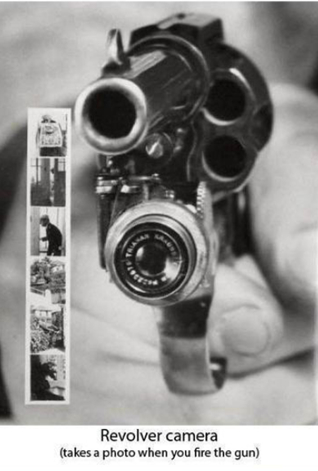Seen this...
Or used this?
You probably didn’t, because these are all examples of great inventions that unfortunately never made it to the market. But why didn’t they? I mean, who wouldn’t want a hangover mask, am I right?
This is a question that thousands of people, probably including the inventor of the hangover mask, dream of knowing the answer to: How do innovations become successful? The answer is unfortunately not that straightforward. There is no such thing as a roadmap that guides you to producing a successful innovation. If one thing is certain, it is that no one can really predict what the next thing that everybody wants is going to be; there are simply too many factors involved in the process of innovation and its marketing and diffusion. Factors that you can often not control: timing, an investor that sees something in your innovation and wants to spend money on it, a market that is mature enough to understand and accept your innovation, the right infrastructure, the right people at the right places at the right times. What it basically comes down to, is that you just have to be lucky. It’s not for nothing that only 0.1% of all new ideas are translated in successful commercial products. It’s simply not easy to come up with something that has a chance of surviving in this world where we already have something for everything.
You can try to create an environment in which the determinants for successful innovation are optimized. Take YES!Delft for example, an “incubator for startups with a scalable, technological innovation”. In this company, students, creative startups, investors, coaches and innovative corporations are brought together, thus creating an ecosystem that is perfect for innovations. All ingredients are present: inspiration, money, expertise, facilities, office space, etc. All it takes for you is to have one good idea, and enough talent, motivation and perseverance to convince others of this idea. Over a hundred companies have already made a start through YES!Delft, making it one of the most successful incubators in the Netherlands.
But some don’t even need this kind of help. Last week, I read an interview in Volkskrant magazine with Nalden, a 30-year-old Dutch guy who didn’t even finish high school, but made €45 million by being one of the first Dutch bloggers and coming up with the idea for WeTransfer, a service to send large files of which I'm sure that everyone of you uses it. Without knowing how to make a website: he paid 2 tech geeks to do the actual work. And what I shouldn’t forget to mention: the idea was actually not even new. The comparable service YouSendit (yep, WeTransfer was a pretty witty reply to that) already existed when WeTransfer was founded in 2009. Not anymore though.
Why did WeTransfer become so incredibly successful and YouSendit not? In the interview, Nalden said he believed it was because he put a lot of effort in making an appealing website design. This could certainly be a factor in the success of WeTransfer, but I cannot believe this is the only thing that made the difference. Maybe even Nalden doesn't know how he pulled it off. And I certainly don’t either, but if I can give my humble advice: take Nalden as an example to realize that anyone can be a successful innovator. Just have the courage to try: maybe your innovation will belong to the lucky 0.1%. In the meantime, I’m going to go look for this hangover mask. God knows I need it.



